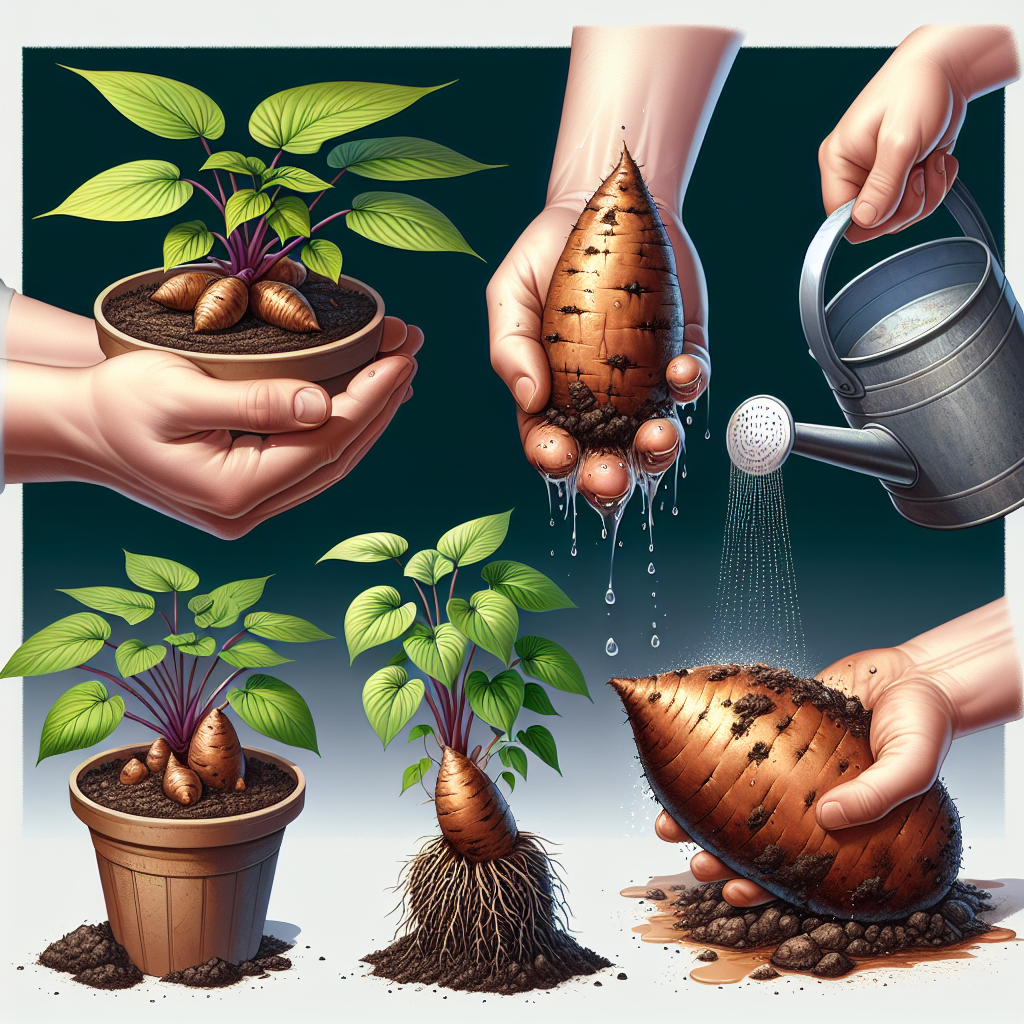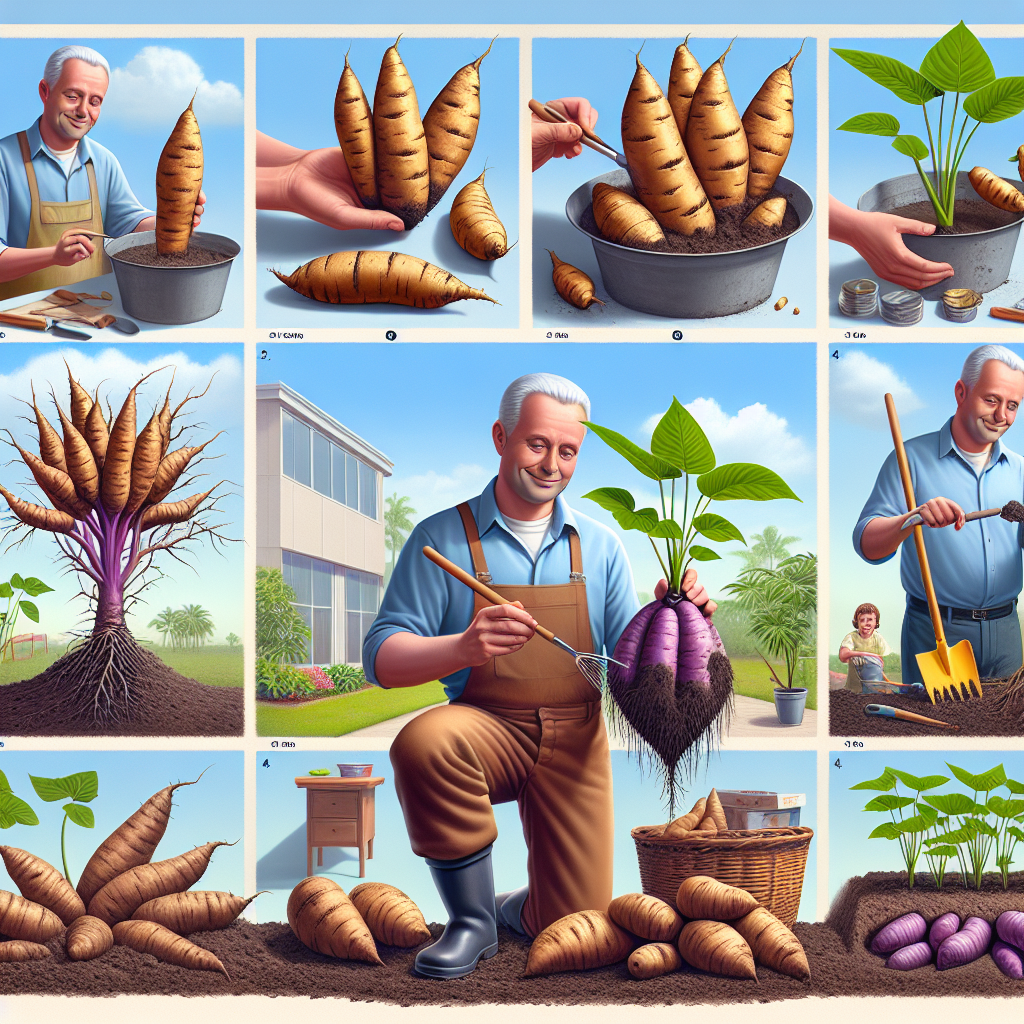Growing Yam at Home: A Beginner’s Guide to Successful Cultivation
Yams are delicious tuberous vegetables that are not only nutritious but also fun to grow in your home garden. Easy to cultivate and with the right conditions, you can enjoy a bountiful harvest of these underground treasures. In this beginner’s guide, we will explore the steps and considerations necessary for successfully cultivating yams at home.
Choosing the Right Yam Variety:
There are different varieties of yams available, so it is essential to select one that suits your region and climate. Some popular varieties include White Yam, Yellow Yam, and Water Yam. Consider the weather conditions, soil type, and available space in your garden before making a choice.
Preparing the Soil:
Yams prefer well-drained soil that is rich in organic matter. Before planting, prepare the soil by removing any weeds and adding compost or aged manure to improve fertility. Ensure that the soil pH falls between 5.5 and 6.8 for optimal growth.
Planting:
Yam plants should be grown from mature tubers rather than seeds or cuttings. Obtain high-quality yam tubers from a reputable source or use leftover yams from your kitchen. Prepare the tubers for planting by cutting them into sections with each piece having at least one healthy bud or ‘eye.’
Dig planting holes about 4-6 inches deep and place each yam section with the bud facing upwards into the hole. Cover with soil gently without applying excessive pressure on the tuber.
Spacing:
Yam plants require sufficient space for spreading their vines as they grow. Provide about 3-4 feet between each plant to ensure proper air circulation and sunlight penetration.
Watering:
Water is crucial during the initial stages of growth when yam plants establish their root systems. Ensure that you water consistently but avoid overwatering as it can lead to rotting of the tubers. Once established, yams are relatively drought-tolerant, but regular watering during dry spells will enhance their growth and yield.

Supporting the Vines:
Yam plants are vigorous climbers and require support structures. Erect trellises or sturdy stakes near the planting area to provide vertical support for the vines. Ensure that these structures are firmly anchored to withstand the weight of the growing plants.
Fertilization:
Yams are heavy feeders and benefit from regular fertilization. Apply a balanced organic fertilizer once a month, or use compost or aged manure to enrich the soil with essential nutrients. Avoid using chemical fertilizers as they can negatively impact soil health and yam quality.
Weed Control:
Weeds compete with yam plants for nutrients and resources, so maintaining weed-free beds is crucial. Regularly remove any weeds that appear around the yam plants without disturbing their delicate root system.
Pest and Disease Control:
While yams are generally resilient to pests and diseases, they may occasionally encounter challenges such as nematodes, aphids, or fungal infections. Monitor your plants regularly and address any issues promptly by using organic pest control methods or consulting a gardening professional if necessary.
Harvesting:
Yams require a long growing season of around 6-8 months before they are ready for harvest. As the foliage begins to turn yellow or die back, it is an indication that the tubers are mature and ready for harvesting. Be cautious while digging up the yams to avoid damaging them accidentally.
Storing Yams:
After harvesting, carefully clean off any excess soil from the tubers without washing them completely. Allow them to dry in a shaded area for about two weeks before storing them in a cool, dark place with good ventilation. Properly cured yams can last for several months if stored correctly.
With careful planning and proper care, even beginner gardeners can successfully grow yams at home. Experiment with different varieties and enjoy the satisfaction of harvesting these delicious tubers from your very own garden. Happy yam cultivation!













